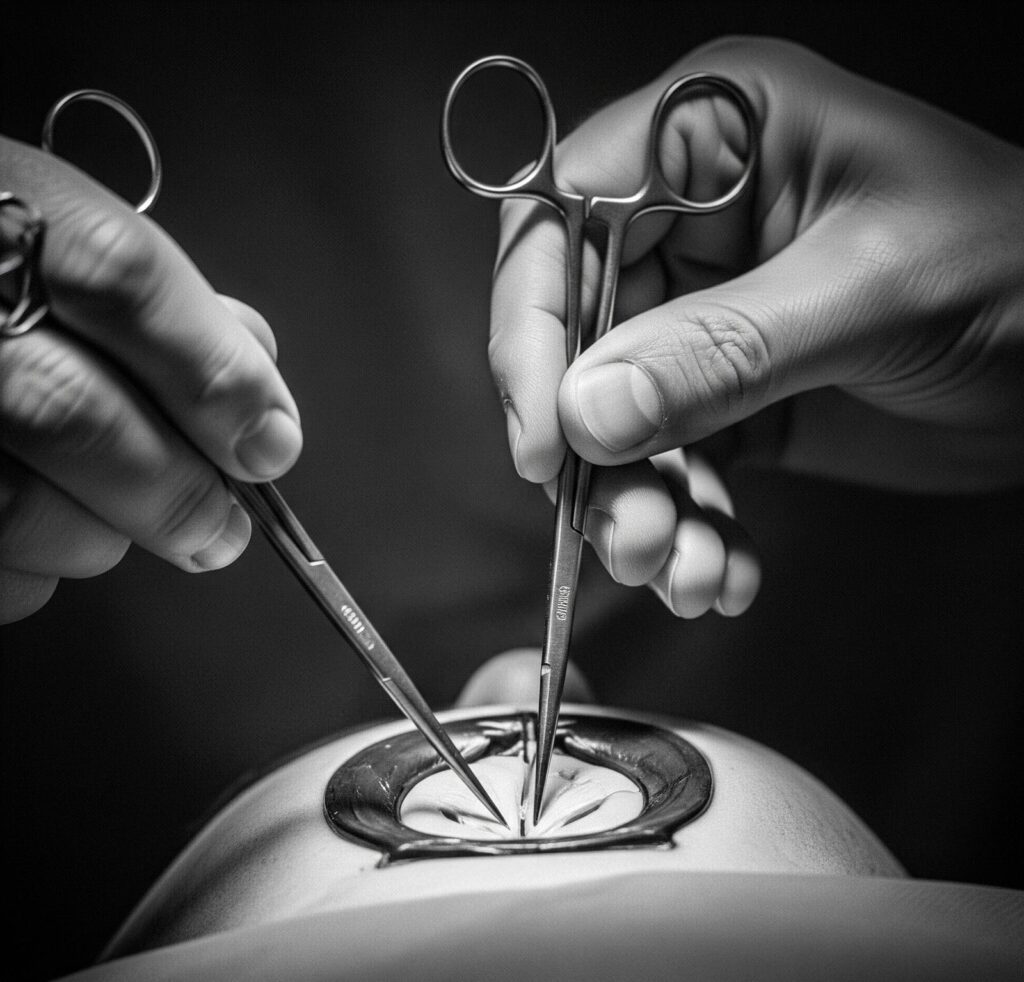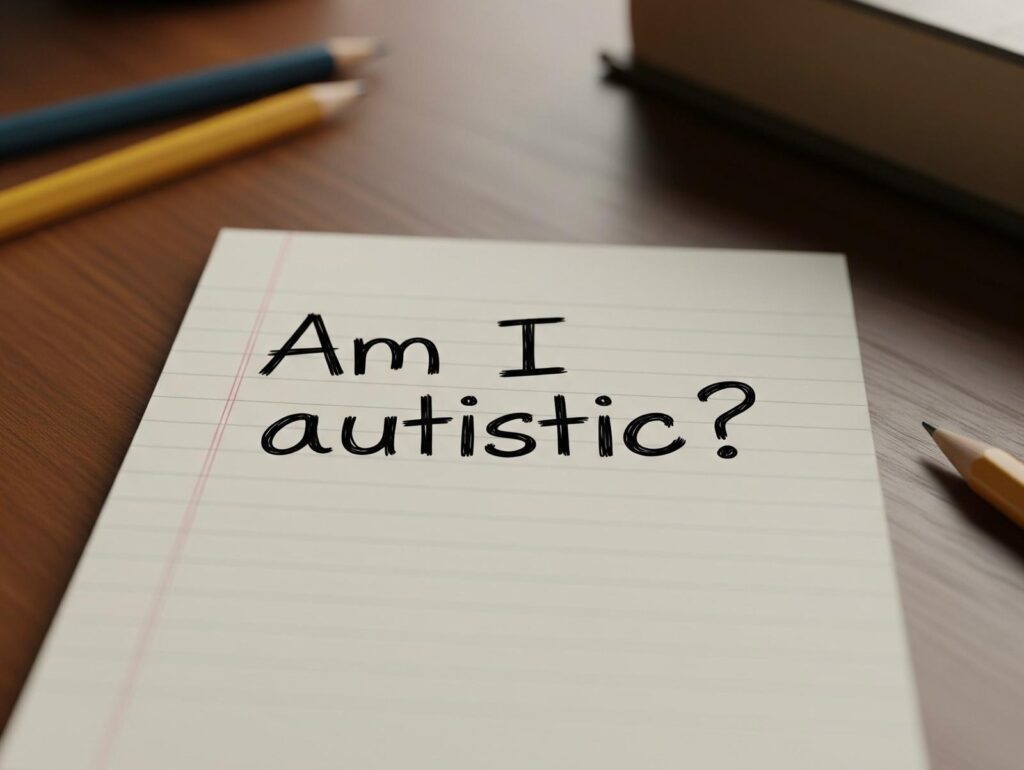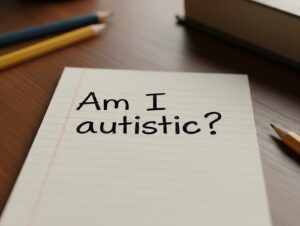Pornography is widely accessible in today’s digital age, and while many individuals consume it without significant issues, for some, it can lead to compulsive use and addiction. Porn addiction, or problematic pornography use (PPU), is a growing concern in the field of mental health. It can have profound psychological, emotional, and relational effects. This article delves into the psychology of porn addiction, exploring its causes, symptoms, and the available treatment options. It also considers the broader implications of porn addiction on individuals and society.
Keywords: porn addiction, problematic pornography use, mental health, compulsive behaviour, psychology of addiction, sexual health, treatment for porn addiction, digital addiction, effects of porn addiction, addiction recovery
What is Porn Addiction?
Porn addiction, also referred to as problematic pornography use (PPU), is characterised by compulsive consumption of pornography despite negative consequences. It is not formally recognised as a mental disorder in the Diagnostic and Statistical Manual of Mental Disorders (DSM-5), but it is increasingly acknowledged by mental health professionals as a behaviour that can lead to significant distress and impairment (Kraus, Voon, & Potenza, 2016).
Individuals with porn addiction may spend excessive amounts of time viewing pornography, often to the detriment of their personal relationships, work, and daily responsibilities. This compulsive behaviour can lead to feelings of shame, guilt, and isolation, further exacerbating the addiction (Grubbs, Perry, & Wilt, 2019).
The Psychology of Porn Addiction
Porn addiction is considered a form of behavioural addiction, similar to gambling addiction or internet addiction. It involves a cycle of craving, consumption, and temporary satisfaction, followed by negative feelings and a compulsion to consume more. Understanding the psychological mechanisms underlying porn addiction is crucial for developing effective treatment strategies.
1.1 The Role of the Brain’s Reward System
Porn addiction is deeply intertwined with the brain’s reward system, which plays a key role in reinforcing behaviours that provide pleasure or relief. The neurotransmitter dopamine is central to this process. When an individual views pornography, dopamine is released, creating a sense of pleasure and reward. Over time, the brain can become conditioned to associate pornography with these pleasurable feelings, leading to a cycle of compulsive use (Gola et al., 2017).
In individuals with porn addiction, the brain’s reward system can become dysregulated. This dysregulation can lead to tolerance, where the individual requires more extreme or prolonged exposure to pornography to achieve the same level of pleasure. It can also lead to withdrawal symptoms, such as irritability or anxiety, when not engaging in the behaviour (Hilton & Watts, 2011).
1.2 Cognitive and Emotional Factors
Cognitive and emotional factors also contribute to the development and maintenance of porn addiction. Individuals may use pornography as a coping mechanism for dealing with stress, loneliness, or negative emotions. Over time, this reliance on pornography as an emotional escape can reinforce the behaviour and make it difficult to control (Grubbs et al., 2019).
Cognitive distortions, such as rationalising or minimising the impact of pornography use, can also play a role in sustaining the addiction. For example, an individual might convince themselves that their use of pornography is normal or that it does not harm their relationships, even when evidence suggests otherwise. These distortions can prevent individuals from recognising the severity of their behaviour and seeking help (Fernandez, Tee, & Fernandez, 2017).
1.3 The Impact of Accessibility
The widespread availability of pornography on the internet has made it easier than ever for individuals to access explicit content. This accessibility can contribute to the development of addiction, as individuals can easily and anonymously engage in the behaviour without immediate consequences. The internet also provides a platform for increasingly diverse and extreme forms of pornography, which can exacerbate the cycle of addiction (Peter & Valkenburg, 2016).
Symptoms and Effects of Porn Addiction
The symptoms of porn addiction can vary widely among individuals, but they generally involve a pattern of compulsive use that interferes with daily life and causes significant distress.
2.1 Common Symptoms of Porn Addiction
- Preoccupation with Pornography: Constant thoughts about pornography or planning to consume it.
- Increased Tolerance: Needing more time or increasingly extreme content to achieve the same level of satisfaction.
- Failed Attempts to Control Use: Repeated unsuccessful efforts to reduce or stop pornography consumption.
- Neglecting Responsibilities: Ignoring work, school, or personal responsibilities due to time spent on pornography.
- Negative Impact on Relationships: Experiencing conflict or distance in relationships due to pornography use.
- Continued Use Despite Consequences: Persisting in the behaviour even when it leads to negative outcomes, such as feelings of guilt, shame, or depression (Kraus et al., 2016).
2.2 Psychological and Emotional Effects
Porn addiction can have significant psychological and emotional effects. Many individuals experience feelings of shame, guilt, and low self-esteem as a result of their inability to control their behaviour. These negative emotions can create a cycle of addiction, where the individual turns to pornography to escape their feelings, only to experience more guilt and shame afterward (Grubbs et al., 2019).
Over time, porn addiction can also lead to anxiety, depression, and social isolation. The secrecy and stigma surrounding the behaviour can make it difficult for individuals to seek help, leading to further withdrawal from social and family life (Fernandez et al., 2017).
2.3 Impact on Relationships
Porn addiction can have a profound impact on romantic relationships. Partners of individuals with porn addiction may feel betrayed, neglected, or inadequate, leading to conflict and a breakdown in communication. The addiction can also lead to a decrease in sexual satisfaction, as the individual may become desensitised to real-life sexual experiences or develop unrealistic expectations about sex (Perry, 2019).
In some cases, the strain on the relationship can lead to separation or divorce. The emotional toll on both partners can be significant, contributing to long-term psychological distress (Fernandez et al., 2017).
Causes of Porn Addiction
The causes of porn addiction are multifaceted and can involve a combination of biological, psychological, and environmental factors.
3.1 Biological Factors
As mentioned earlier, the brain’s reward system plays a critical role in the development of porn addiction. Some individuals may have a predisposition to addiction due to genetic factors or differences in brain chemistry. These biological factors can make certain individuals more vulnerable to developing compulsive behaviours, including porn addiction (Hilton & Watts, 2011).
3.2 Psychological Factors
Psychological factors, such as stress, anxiety, and depression, can contribute to the development of porn addiction. Individuals may use pornography as a way to cope with negative emotions or escape from life’s challenges. Over time, this coping mechanism can become a maladaptive behaviour that is difficult to control (Gola et al., 2017).
3.3 Environmental Factors
Environmental factors, such as early exposure to pornography or a lack of healthy sexual education, can also play a role in the development of porn addiction. Individuals who are exposed to pornography at a young age may develop unhealthy attitudes toward sex and relationships, leading to compulsive behaviour later in life. Additionally, a lack of guidance or communication about sexual health can leave individuals ill-equipped to navigate their sexual experiences in a healthy way (Peter & Valkenburg, 2016).
Treatment for Porn Addiction
Treating porn addiction requires a comprehensive approach that addresses the underlying psychological, emotional, and behavioural aspects of the disorder. Several treatment options are available, and the best approach may vary depending on the individual’s needs and circumstances.
4.1 Cognitive-Behavioural Therapy (CBT)
Cognitive-behavioural therapy (CBT) is one of the most effective treatments for porn addiction. CBT focuses on identifying and changing the negative thought patterns and behaviours that contribute to the addiction. Through CBT, individuals learn to develop healthier coping mechanisms, challenge cognitive distortions, and build resilience against triggers (Grubbs et al., 2019).
4.2 Mindfulness and Acceptance-Based Therapies
Mindfulness and acceptance-based therapies, such as Acceptance and Commitment Therapy (ACT), can also be effective in treating porn addiction. These therapies encourage individuals to accept their thoughts and feelings without judgment and to focus on living in alignment with their values. By fostering mindfulness and self-compassion, individuals can reduce their reliance on pornography as a coping mechanism (Twohig & Crosby, 2010).
4.3 Support Groups and 12-Step Programs
Support groups and 12-step programs, such as Sex Addicts Anonymous (SAA), provide a community-based approach to recovery. These programs offer peer support, accountability, and a structured framework for overcoming addiction. Many individuals find that the shared experiences and encouragement from others in recovery can be a powerful motivator for change (Carnes, 2013).
4.4 Medication
In some cases, medication may be prescribed to help manage the symptoms of porn addiction, particularly if the individual is also experiencing depression, anxiety, or other co-occurring mental health conditions. Antidepressants or anti-anxiety medications can help alleviate these symptoms, making it easier for the individual to engage in therapy and make progress in their recovery (Hilton & Watts, 2011).
Conclusion
Porn addiction is a complex and multifaceted condition that can have significant psychological, emotional, and relational effects. While it is not formally recognised as a mental disorder, it is increasingly acknowledged as a behaviour that can lead to significant distress and impairment. Understanding the psychology of porn addiction is crucial for developing effective treatment strategies that address the underlying causes and help individuals regain control over their lives.
With appropriate treatment, including therapies like CBT and mindfulness-based approaches, individuals can overcome porn addiction and rebuild healthy relationships with themselves and others. By promoting awareness and understanding of porn addiction, we can reduce the stigma associated with this condition and encourage those affected to seek the help they need.
References
- Carnes, P. (2013). Sex addiction 101: A basic guide to healing from sex, porn, and love addiction. HCI.
- Fernandez, D. P., Tee, E. Y. J., & Fernandez, E. (2017). The divergent effects of pornography consumption: An integrative review of the empirical literature and theoretical perspectives. Journal of Sex Research, 54(4-5), 677-704.
- Gola, M., Wordecha, M., Sescousse, G., Lew-Starowicz, M., Kossowski, B., Wypych, M., … & Marchewka, A. (2017). Can pornography be addictive? An fMRI study of men seeking treatment for problematic pornography use. Neuropsychopharmacology, 42(10), 2021-2031.
- Grubbs, J. B., Perry, S. L., & Wilt, J. A. (2019). Addiction or transgression? Moral incongruence and self-perceived addiction to internet pornography. Addiction Research & Theory, 27(2), 105-114.
- Hilton, D. L., & Watts, C. (2011). Pornography addiction: A neuroscience perspective. Surgical Neurology International, 2, 19.
- Kraus, S. W., Voon, V., & Potenza, M. N. (2016). Should compulsive sexual behavior be considered an addiction? Addiction, 111(12), 2097-2106.
- Peter, J., & Valkenburg, P. M. (2016). Adolescents and pornography: A review of 20 years of research. The Journal of Sex Research, 53(4-5), 509-531.
- Perry, S. L. (2019). Addicted to lust: Pornography in the lives of conservative Protestants. Oxford University Press.
- Twohig, M. P., & Crosby, J. M. (2010). Acceptance and commitment therapy as a treatment for problematic internet pornography viewing. Behavior Therapy, 41(3), 285-295.
How to get in touch
If you or your NDIS participant need immediate mental healthcare assistance, feel free to get in contact with us on 1800 NEAR ME – admin@therapynearme.com.au.
Discover more from Therapy Near Me
Subscribe to get the latest posts sent to your email.






